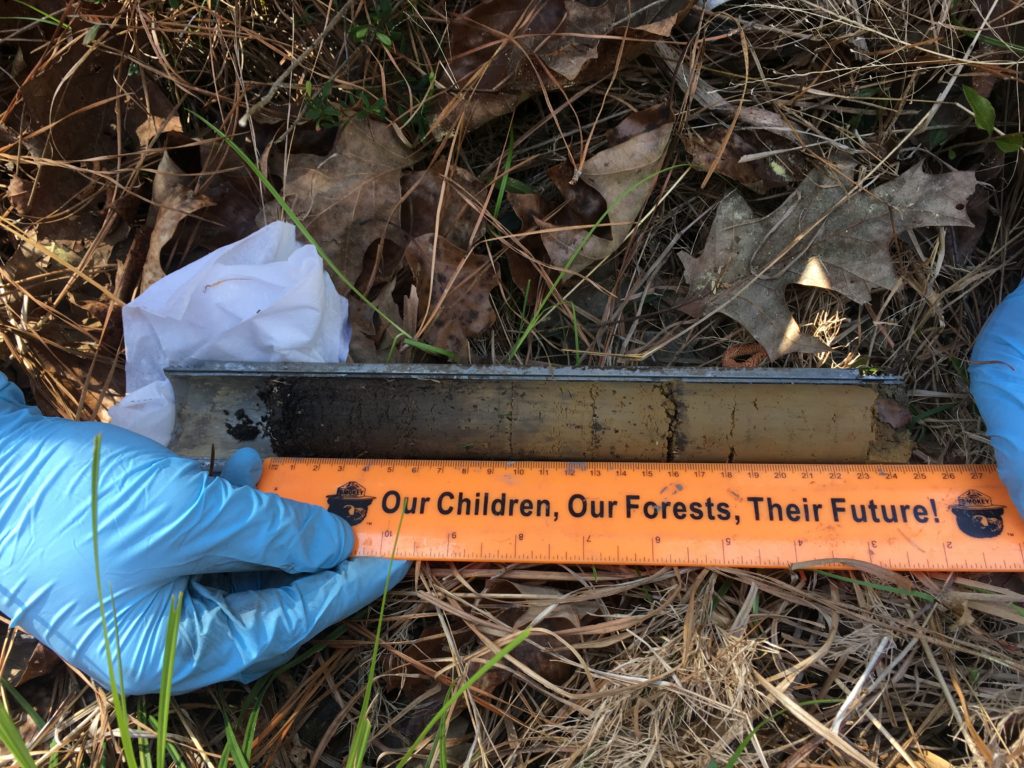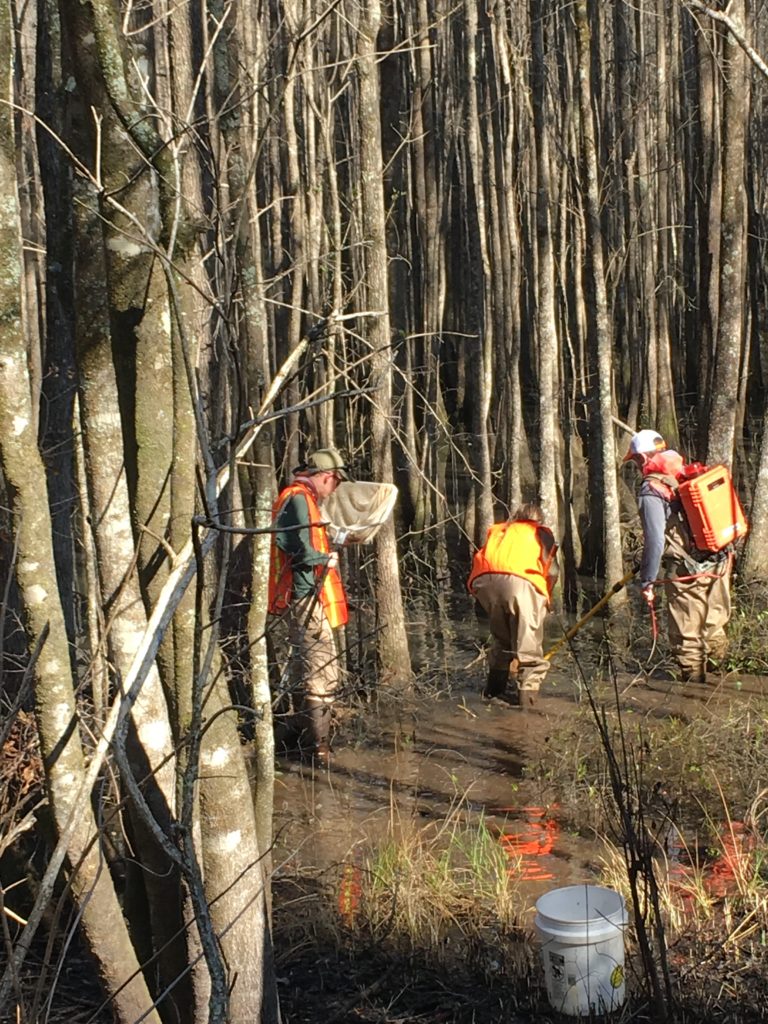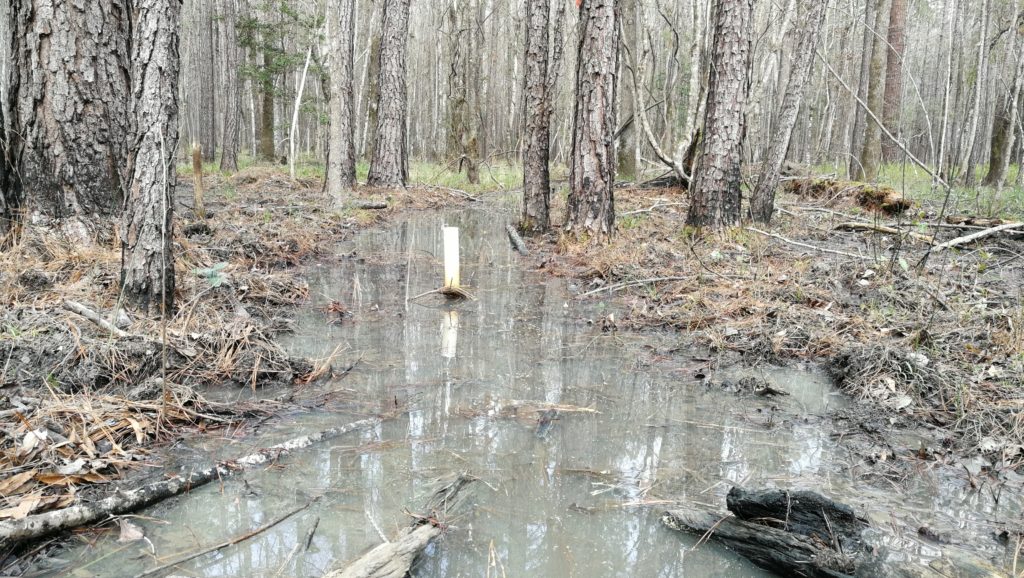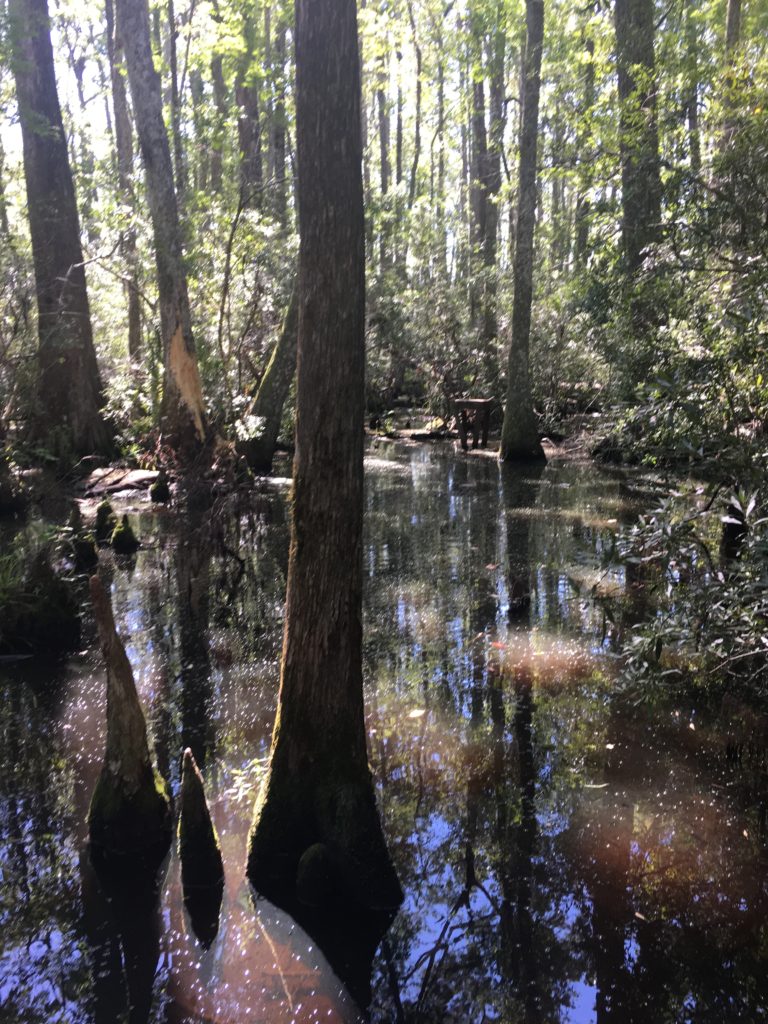1. Origin, reactivity, and bioavailability of mercury in wildfire ash
Wildfires are expected to become more frequent and intensive on a global scale due to climate change. Many studies have focused on the loss of mercury from burned forests; however, little is known about the origins, concentration, reactivity, and bioavailability of mercury in residual ash materials in post-fire landscapes. In this project, we developed an analytical method for examining mercury reactivity in wildfire ash. analyzed molecular organic carbon composition on pyrolysis/GC/MS, and explored the relationship between carbon composition and mercury reactivity. We also self-designed the adsorption experiment to explore gaseous and aqueous mercury adsorption properties of wildfire ash, investigated ash-mercury bioavailability through anoxic incubation experiment, and used mercury stable isotopic signatures to investigate the potential source of ash-mercury.

This work has been published in the Environmental Science & Technology journal and has been highlighted by A.C.S. for press coverage (https://phys.org/news/2018-12-wildfire-ash-mercury.html).
2. Fluvial transport of mercury in burned watersheds in northern California
The frequency and severity of wildfire are predicted to increase in semi-arid regions, such as California, in response to global warming. We examined stream transport of total mercury (THg) and methylmercury (MeHg) following wildfires in three wildland watersheds (Wragg Fire 2015; Rocky Fire 2015; Cold Fire 2016) and one wildland-urban interface (WUI) (Camp Fire 2018) in northern California. We investigated the post-wildfire hydrological transport of mercury and methylmercury in burned watersheds with varied burned areas and explored the sources of mercury input as well as the mercury reactivity. This work would provide new information to resource managers concerning how wildfires affect Hg transport to downstream aquatic environments (e.g., reservoirs), where MeHg bioaccumulation and biomagnification can be extensive, leading to high levels of Hg in fish and a potential threat to human health through fish consumption.
This work has been partly presented on the 13th International Conference on Mercury as a Global Pollutant (ICMGP) held in Providence, Rhode Island on July 16-21, 2017.
3. Effects of forest management practice on mercury biogeochemical cycling in southeastern forests
Land-use changes and forest management (prescribed burn, mechanical thinning, etc.) are known to alter ecosystem structure and water quality. However, little is known about its short- and long-term impacts on the biogeochemical cycling of Hg. The present study is aimed to understand the impacts of forest management on Hg bioaccumulation in aquatic food webs. A paired watershed of similar size (~150-160 ha) (unmanaged WS80 vs. managed WS77) located in Santee Experimental Forest at the Atlantic coastal plain of South Carolina has been studied for Hg bioaccumulation in aquatic food webs after long-term forest management at WS77. We examined total Hg (THg), methylmercury (MeHg), and C/N stable isotopes in stream biota in both watersheds as well as THg and MeHg in stream water (biweekly sampling). This study provides new sights into how forest management affects Hg bioavailability and bioaccumulation in the aquatic environment.

WS77 after prescribed burning 
Soil core in burned forest 
Biota Sampling 

Groundwater wells at SEF
This work has been partly presented at AGU Fall Meeting held on Washington, DC in December 2018. https://ui.adsabs.harvard.edu/abs/2018AGUFM.B33E2715K/abstract
4. Exploration of seawater intrusion impacts on mercury methylation in freshwater, partially degraded, and salt marsh wetlands by anoxic microcosm experiments
Low-lying coastal wetlands are known as significant hotspots for the production of highly toxic methylmercury (MeHg). Extensive salinization of these low-lying coastal wetlands occurs due to sea level rise but the impacts on mercury (Hg) biogeochemical cycles are poorly understood. In particular, seawater contains abundant sulfate, a nutrient often found to be limiting for anaerobic sulfate reduction/Hg methylation in freshwater wetlands. We set up an anoxic microcosm experiment to explore the mechanism of Hg methylation alteration in soils collected from a freshwater wetland, partially degraded wetland, and salt marsh wetland, by the various amount of seawater addition.

Freshwater wetland
(Labmate Kristina Morales in the picture)
Partially-degraded wetland
This work has been partly presented at AGU Fall Meeting held on Washington, DC in December 2018. https://ui.adsabs.harvard.edu/abs/2018AGUFM.B51K2096K/abstract
5. Effects of coal ash spill incident on mercury and methylmercury levels in sediments and biota
Coal ash is the leftover material after coal is burned and contains various kinds of toxic metals including mercury (Hg). On February 2, 2014, massive amounts of coal ash and contaminated water from a decommissioned coal-fired power plant spilled into the Dan River near Eden, North Carolina, representing the third worst coal ash spill in the history of the United States. To investigate the impacts of this coal ash spill incident on mercury and methylmercury levels in sediments and food web, we performed longitudinal sampling in 10 sites along Dan River, and collected sediment and biota (i.e. clams, spiders etc.). We and our collaborators examined total mercury and methylmercury contents in sediment and invertebrates, as well as C, N, and S stable isotope data in invertebrates.
This work has been presented on the 13th International Conference on Mercury as a Global Pollutant (ICMGP) held in Providence, Rhode Island on July 16-21, 2017.
6. Hg reactivity in burned soil core by depth in a burned forest
This ongoing project aims to investigate the Hg contents and reactivity in burned soils by depth, with 1-cm dissection.
7. Effects of pharmaceutically active compounds (PhACs) on aquatic organisms and detoxification mechanisms
The occurrence and fate of pharmaceutically active compounds (PhACs) in the aquatic environment have been recognized as one of the emerging environmental issues. As an environmental stressor, their toxic effects on non-target aquatic organisms and the toxic mechanisms especially processes associated with the detoxification metabolisms of the PhACs in non-target aquatic organisms at environmentally relevant concentrations still require further elucidation. In this project, we investigated the toxicity of pharmaceutically active compounds (i.e. triclosan, diclofenac, simvastatin) at a genetic and enzymatic level using fish models. We developed the methods in sequencing the expression of the target genes and microRNAs, and explored the molecular mechanism of the toxic effects regulated by receptors and microRNAs.
The publications of this work from our group are attached here for your interest.
- https://www.sciencedirect.com/science/article/abs/pii/S1532045614001008
- https://www.sciencedirect.com/science/article/abs/pii/S1532045615001143
- https://www.sciencedirect.com/science/article/abs/pii/S0166445X17301108
- https://www.sciencedirect.com/science/article/pii/S0269749117326349
- https://www.sciencedirect.com/science/article/pii/S0048969718335770